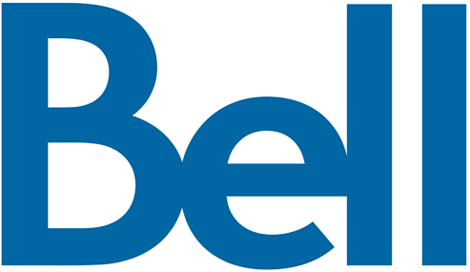It is safe to assume that a large majority of us, if not all, are guilty of streaming movies or downloading music online. During my lifetime, I got to experience the Blockbuster, rental DVDs era and I also got to see the downward spiral of the large chain company.
The sharing economy is exploding around us:
•Instead of dropping $1,850 on a Catherine Deane “Godiva” gown, you can check out Rent the Runway, which allows women to rent the dress (and an entire collection like it) for $300 and guiltlessly return it the next morning.
•Airbnb allows you to rent an expensive house for a short period of time, and the home owner gets paid to share their pad for a few days.
•Zipcar enables you to rent a car by the hour, when you need one, without the expense of owning it.
•We’re not downloading as many songs from iTunes as we used to. Now we simply share access to a music library from Spotify or Rdio.
How has the impact of the sharing economy affected existing businesses? Are they destined to share the same
fate as Blockbuster? Fortunately, two new models emerge amidst the chaos. These two business models are the sharing marketplace and the buy-to-rent models. What once used to be the pride of ownership has transformed into the technicalities of saving money with the luxury of having what others have…but paying less.
Article Links:




 It is a for-profit organization but, primarily driven by a social objective.
It is a for-profit organization but, primarily driven by a social objective.  More and more consumers have been making the shift from locally-owned stores to massive franchises, but there are many
More and more consumers have been making the shift from locally-owned stores to massive franchises, but there are many 
Recent Comments